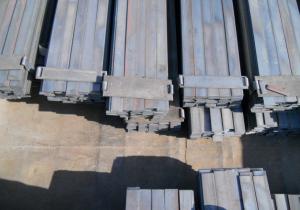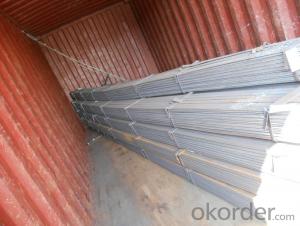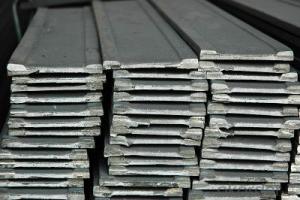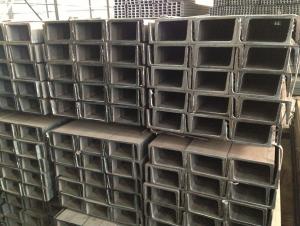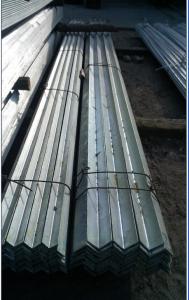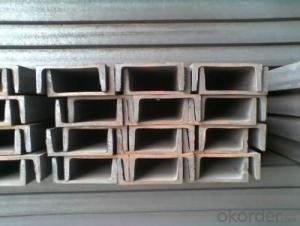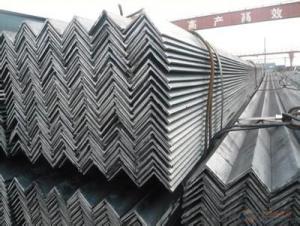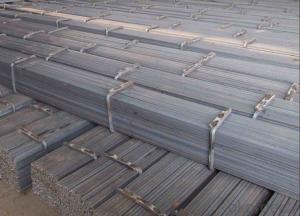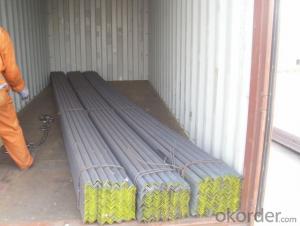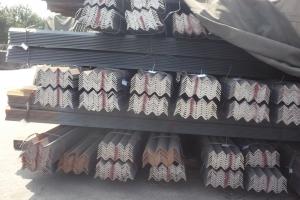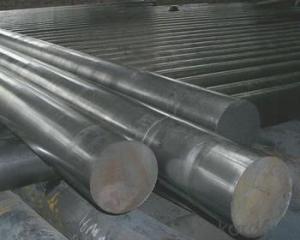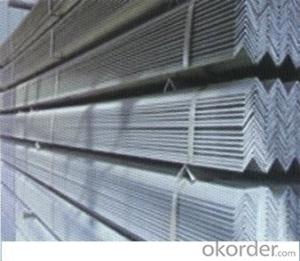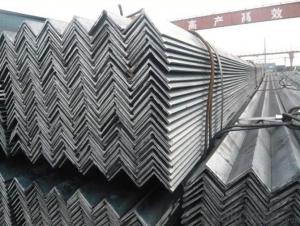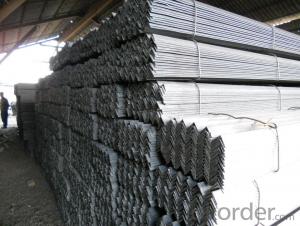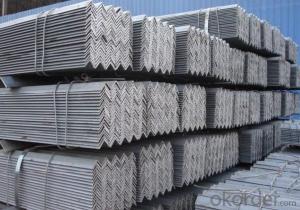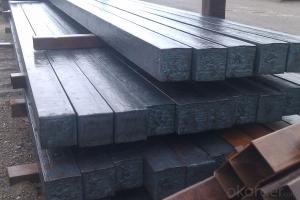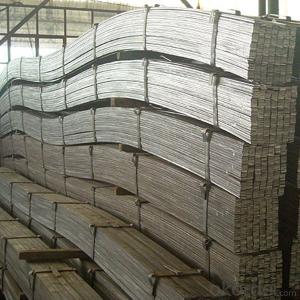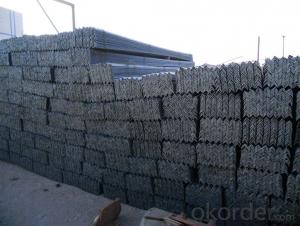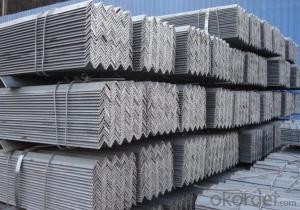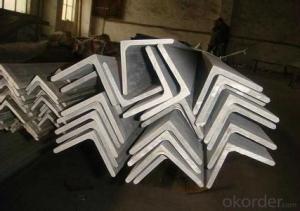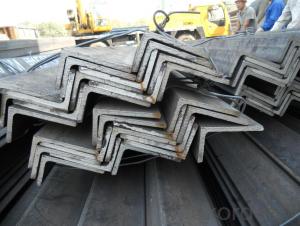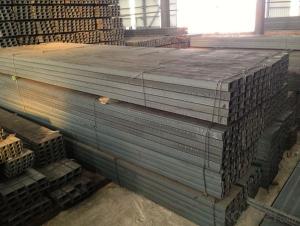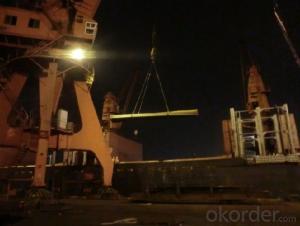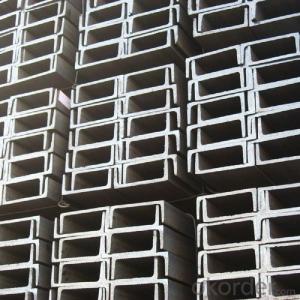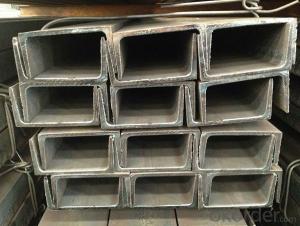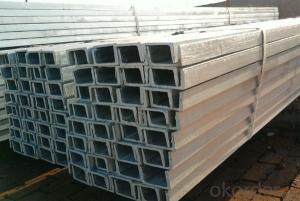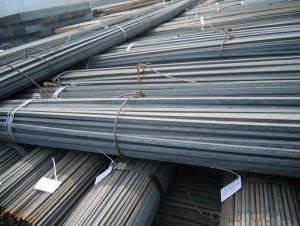Q235 Steel Specification
Q235 Steel Specification Related Searches
Q235 Chemical Composition Q195 Steel Equivalent Gcr15 Steel Specification En10025 S235Jr Pre Engineered Steel Structure Quilted Stainless Steel Properties Of Stainless Steel 330 Stainless Steel 410 Stainless Steel Properties Ge Jb735 Stainless Steel High Speed Steel Stainless Steel Properties Food Grade Stainless Steel Cold Rolled Steel Grades 2205 Stainless Steel Pre Engineering Steel Structure Stainless Steel Structure 455 Stainless Steel Stainless Steel Numbers Weight Of Stainless Steel Composition Of Stainless Steel Components Of Stainless Steel Density Of Stainless Steel Hardness Of Stainless Steel 2205 Duplex Stainless Steel Stainless Steel Composition Stainless Steel Mohs Hardness 321 Stainless Steel X50crmov15 Stainless Steel Non Magnetic Stainless SteelQ235 Steel Specification Supplier & Manufacturer from China
Q235 Steel Specification encompasses a variety of steel products that are widely recognized for their strength and durability. These steel products are manufactured to meet specific industry standards, making them suitable for a range of applications. Q235 steel is commonly used in construction, automotive, and machinery industries due to its excellent mechanical properties and cost-effectiveness. It is particularly favored for applications where both strength and weldability are required. As a wholesale supplier, Okorder.com offers a comprehensive inventory of Q235 Steel Specification products, ensuring that customers have access to a broad selection of steel items to cater to their specific needs. With a vast range of Q235 steel products in stock, Okorder.com is a reliable source for businesses and individuals seeking high-quality steel materials for their projects.Hot Products



